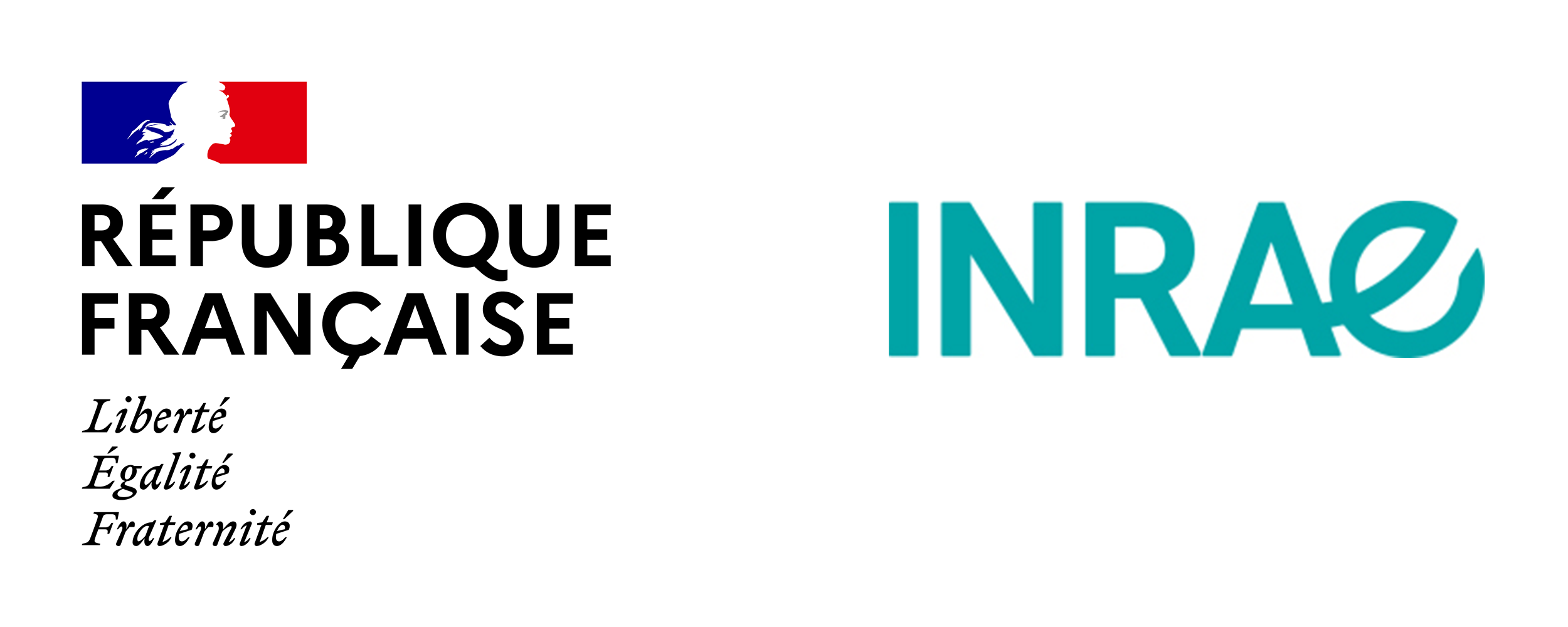Feeding strategy in organic pig farming as a lever to improve various quality dimensions of pork
Résumé
Since 2022, European specifications for organic pig farming have evolved to distribute 100 % organic feed, to reinforce the link to the soil with feed resources that should primarily be obtained from the farm or the same region. Feeding strategy acts as a lever to improve various quality dimensions of organic (as well as conventional) pork, including intrinsic dimensions (carcass composition, nutritional, organoleptic, technological, sanitary qualities) and extrinsic dimensions related to animal farming (image). Diet may also influence the risk of undesirable odours or flavours that may be found in pork from non-castrated male pigs. This study aimed at evaluating the effects of a specific feeding strategy on several quality dimensions of organic meat from non-castrated male pigs. The experiment was conducted with 77 organic non-castrated male pigs (Piétrain NN × Large White) reared according to organic specifications and distributed in two batches. Within litters, male littermates were allocated at around 33 kg of live weight to either a Control group which received a Control feed (C) corresponding to the organic specifications, or in a Bio+ group which received an
organic test feed based mainly on French raw materials and which contained more fibres (faba bean and access to roughages) and omega-3 fatty acids (linseed, camelina). All pigs were reared in the same building on deep straw bedding (1.3 m²/pig) with free outdoor access (1.0 m²/pig) using one pen per experimental group. Pigs were fed ad libitum until slaughter at about 125 kg live weight. Average daily gain, carcass weight and lean meat content did not differ significantly between C and Bio+ pigs. Compared to C, Bio+ pigs had higher (P < 0.05) ultimate pH in the loin (Longissimus muscle) and ham (Gluteus medius, and Semimembranosus) muscles, associated to a lower Longissimus muscle glycolytic potential (P < 0.001). Loin and ham meat from Bio+ vs C pigs was less light (P < 0.05) and had a more intense red color (P < 0.10). The Bio+ strategy led to lower Longissimus muscle n-6:n-3 fatty acid ratio (P < 0.001), indicating an improvement in pork nutritional value. Backfat skatole concentration was lower in Bio+ than C pigs whereas backfat androstenone was higher in Bio+ than C pigs (P < 0.05). Altogether, we demonstrated that the Bio+ strategy had positive impacts on several qualities of organic pork from entire male pigs.
| Origine | Fichiers produits par l'(les) auteur(s) |
|---|



